
Crab for Christmas and Three Recipes to Help You Celebrate!
For the first time in several years, Dungeness crab season will open for Oregon's coastal crabbers on December 16th, in time for what could be a banner year for the state's fleet of 424 mostly individual family-owned boats. Delayed twice already due to insufficient amounts of meat in the crabs tested—crabbers were hoping for a December 1 opener—the go-ahead from the Oregon Department of Fish and Wildlife (ODFW) was given for the coast from the border with California to Cape Foulweather (midway between Lincoln City and Newport).
A crab opening before Christmas can make a huge difference
to Oregon's Dungeness fleet.
Asked what it will mean to the fleet to have Dungeness season open this early, Rick Goché of Sacred Sea Tuna and captain of the fishing vessel Peso II, didn't mince words.
"After a summer when there was no salmon fishing, a poor tuna seaon and a shrimp season that saw the lowest prices in more than a decade, a crab opening before Christmas can make a huge difference," he said. "For many in the fleet, savings are gone, bills are late, and finances are dire. It's a hard thing to try explaining to young children why Christmas presents are few."
"A start before Christmas can change all that," Goché said. "Additionally, a pre-Christmas start tends to support a higher starting price, since consumers are more likely to inlude crab in their seasonal celebrations."
Good news for the Oregon fleet is, at least temporarily, bad news for California and Washington's crabbing industry. California's Dungeness season will be delayed until at least December 21 due to the large number of migrating humpback whales that regulators worry could get entangled in fishing gear. The delay for the North Oregon coast and Washington state is to allow crabs to develop better "fill" or meat yield, which should be resolved by the end of December, hopefully in time for New Year's celebrations.
Assuming the catch is plentiful, there should be a good supply of Dungeness crab available for holiday gatherings. I know I'll be thinking of those Oregon fishing families Rick talked about as I buy my crab this year, hoping their holidays are bountiful.
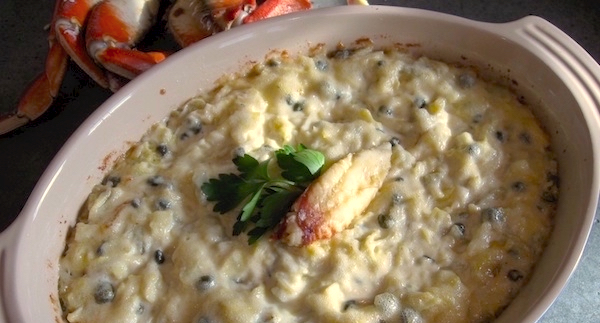 Hot Artichoke and Crab Dip
Hot Artichoke and Crab Dip
Adapted from New Seasons Market
1 14-oz. can artichoke hearts
1/4 c. capers
6 oz. crab meat (fresh is better and cheaper if you buy a whole crab and crack it yourself)
1 c. parmesan, finely grated
1 c. mayonnaise
6 crackers, crushed, or Panko (optional)
Drain and chop artichokes. If using canned crab, drain well. Crush crackers to fine crumbs with a rolling pin. Combine crab with artichokes, capers, cheese and mayonnaise. Sprinkle with crushed crackers or Panko. Put in baking dish and bake for at least 20 minutes at 350°. When slightly browned and bubbly, serve with your favorite crackers, baguette slices or tortilla chips. (Also makes a great stuffing for salmon fillet or chicken breast.)
 Crab Crostini
Crab Crostini
1 baguette, sliced into 1/4" slices
Olive oil
1 crab, cooked and the meat removed (or 1 lb. crab meat)
1 Tbsp. olive oil
1 Tbsp. lemon juice
2 Tbsp. finely chopped parsley
Salt and pepper to taste
1 Tbsp. capers (optional)
Spread baguette slices on cookie sheet, brush one side with olive oil and toast under broiler. Turn over and toast other side. (Don't get distracted! I've burned many a sheet pan of bread by turning away.)
Put crab meat in a medium sized mixing bowl and add olive oil, lemon juice, parsley and capers (if desired). Mix lightly and season with salt and pepper to taste. Spoon onto toasted bread slices, arrange on platter and serve.
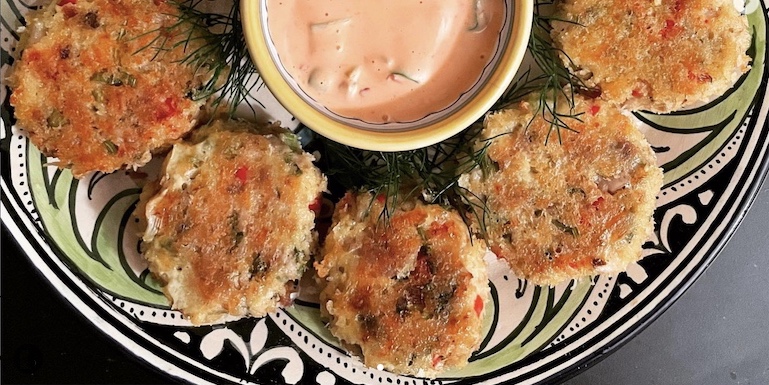 Michel's Thai-ish Crab Cakes
Michel's Thai-ish Crab Cakes
Yield: 15-18 small crab cakes
For the crab cakes:
Meat of two Dungeness crabs
1/2 red bell pepper, minced
1/4 c. minced red or green onion
1 serrano pepper, finely minced
2-4 Tbsp. cilantro, minced
1/4 c. bread crumbs
1/4 c. grated parmesan
Zest of 1 lime
1/2-1 tsp. fish sauce, to taste
Juice of 1 lime
1 egg
Optional: Grated coconut, fresh mint or basil
Crumb coating:
1 c. bread crumbs, preferably Panko style
1/4 c. grated parmesan
Line a baking sheet with parchment or waxed paper.
Combine crab meat, chopped pepper, onions, cilantro, bread crumbs, parmesan, lime zest and fish sauce. Whisk together lime juice and egg and stir into crab mixture.
Combine bread crumbs and parmesan and spread out on a plate or pie tin.
Scoop up about 1/4 cup of crab mixture and form into a plump cake about 2-inches in diameter (approx. 1” high). With your hands, compress the cake so it holds together. Gently place cake in the crumb mixture to coat bottom and sprinkle crumbs over top to coat (don’t flip the cake or it will fall apart). Gently compress cake between your hands to meld crumbs to the crab cake. (Keep cake plump; don’t flatten.)
Set each formed cake on lined baking sheet. When all cakes are formed, place sheet in the refrigerator for at least 15 minutes.
Heat large sauté pan or griddle to medium-high heat and add olive oil, butter or mixture of both to generously coat pan. Gently place cakes in pan or on griddle, leaving plenty of room to turn them. Cook until golden brown and turn gently to brown other side, adding more oil or butter if needed. If cooking cakes in stages, keep cakes warm in oven until ready to serve.
Top photo from the Oregon Dungeness Crab Commission website.
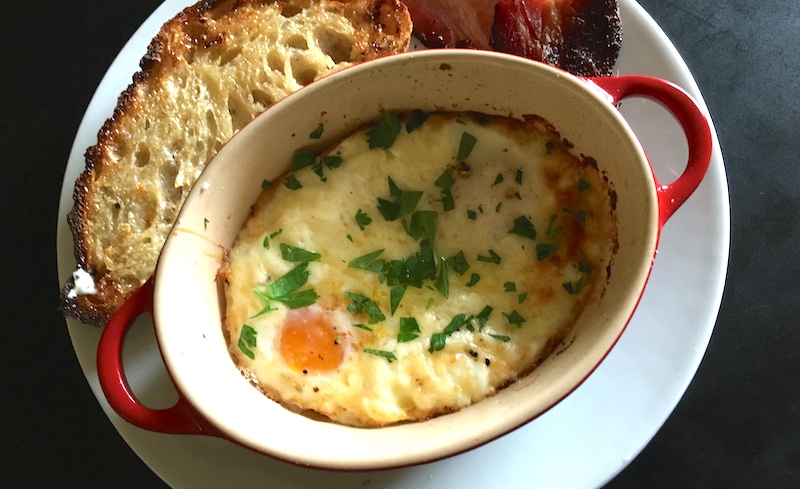
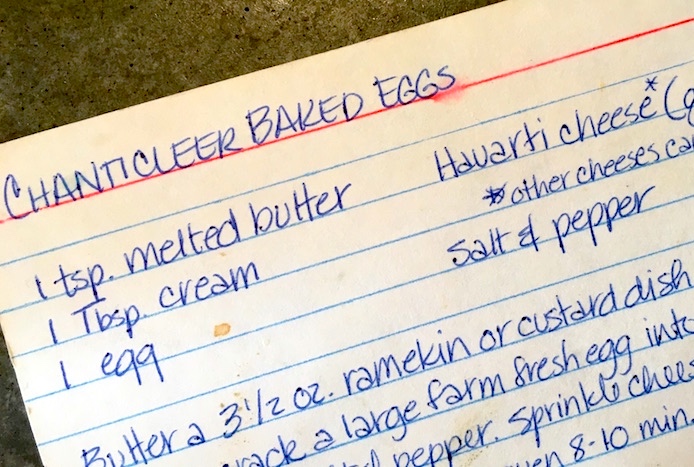 Now, a dish can burrow its way into your brain for lots of reasons—a romantic setting, great company, a few too many mimosas—but this one was alluring because of its simplicity. Just butter, eggs, cream and cheese baked to a golden finish, crispy yet creamy, the yolks still oozing.
Now, a dish can burrow its way into your brain for lots of reasons—a romantic setting, great company, a few too many mimosas—but this one was alluring because of its simplicity. Just butter, eggs, cream and cheese baked to a golden finish, crispy yet creamy, the yolks still oozing.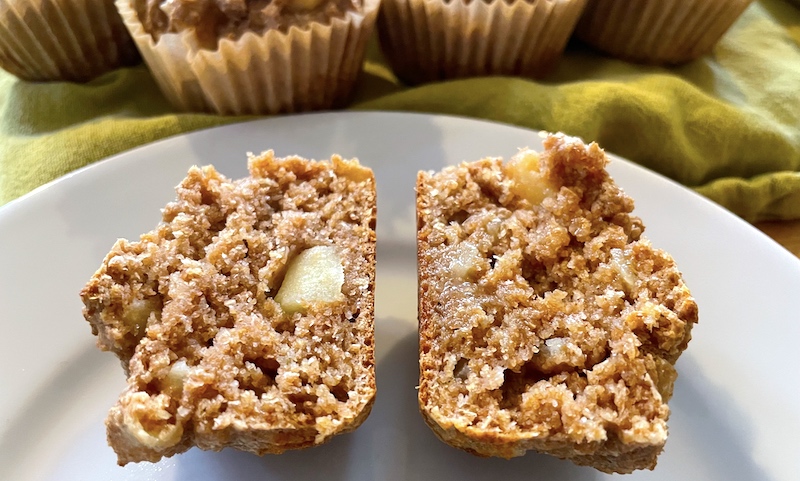
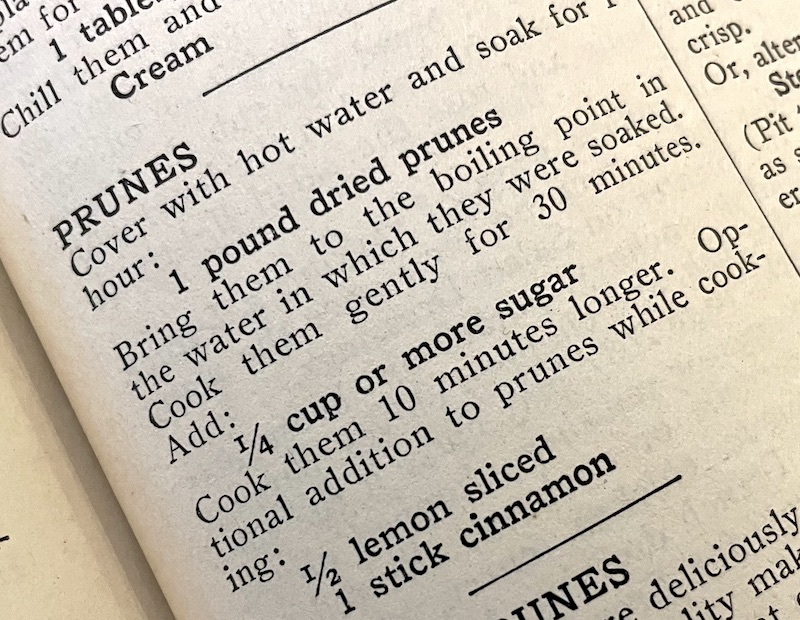

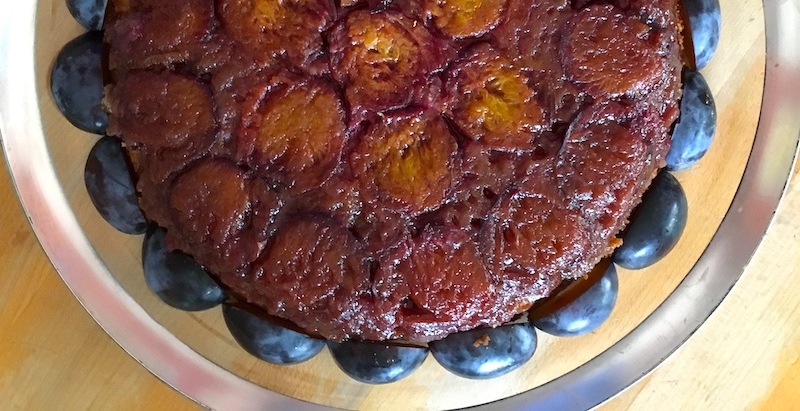
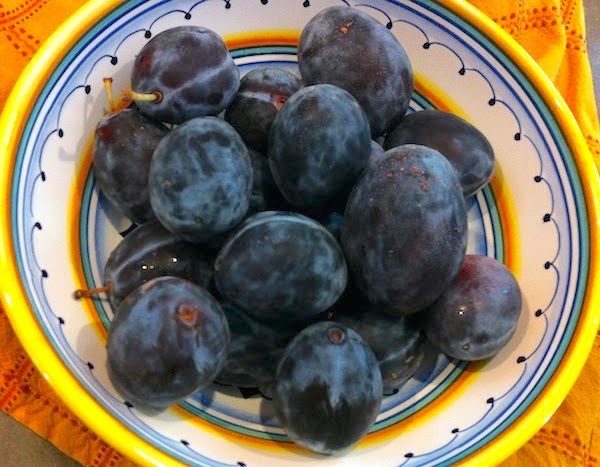

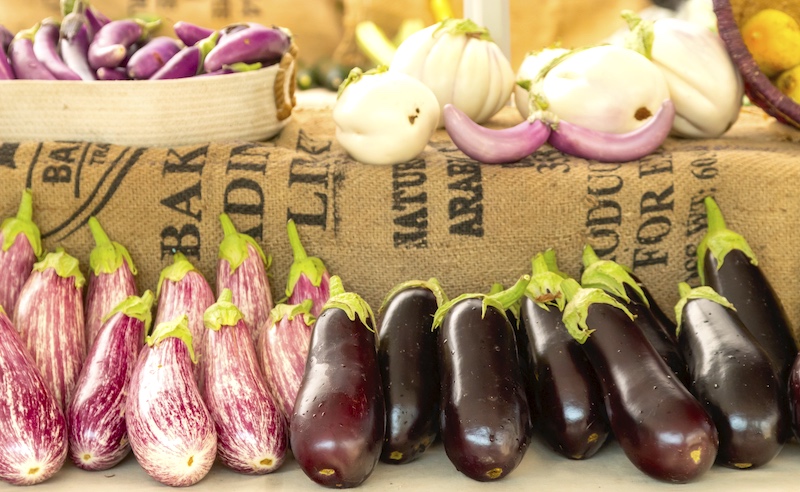
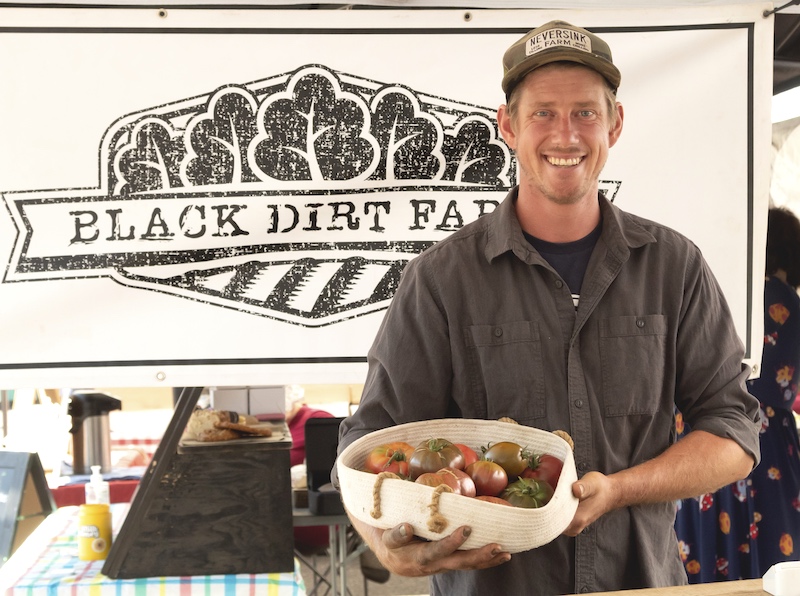
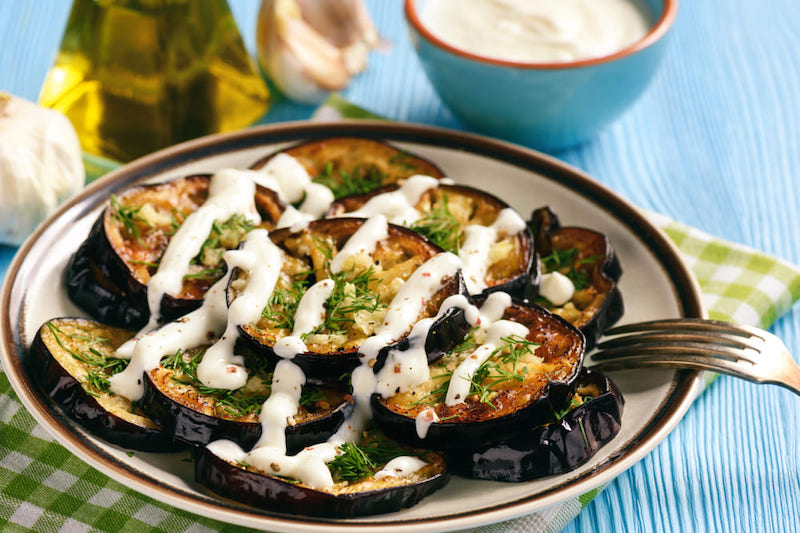
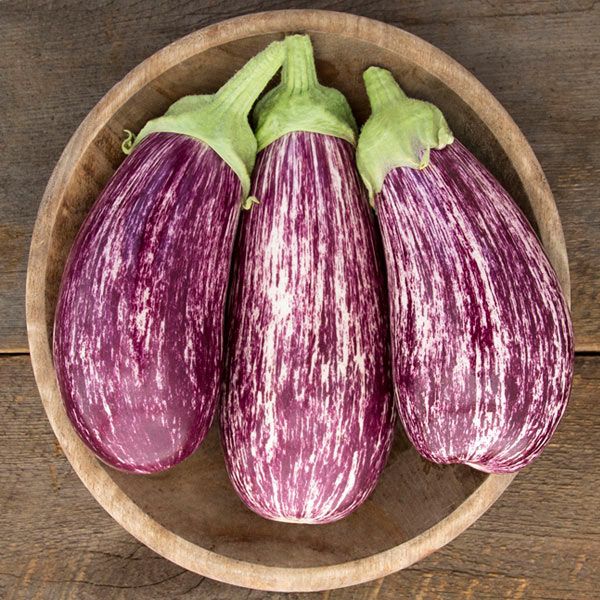
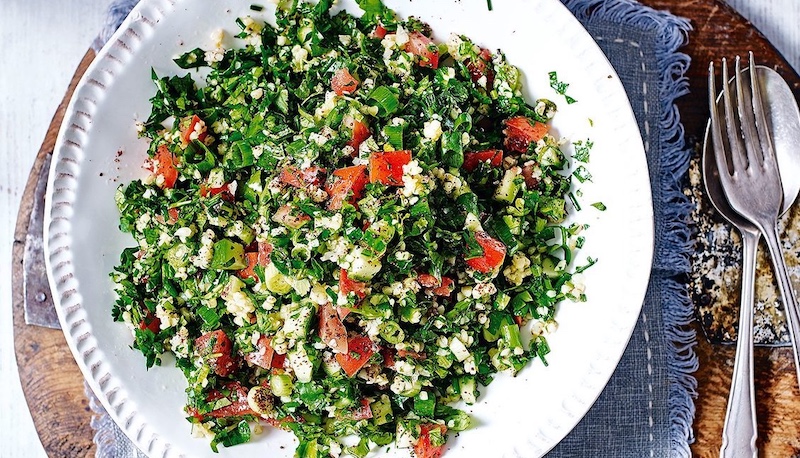
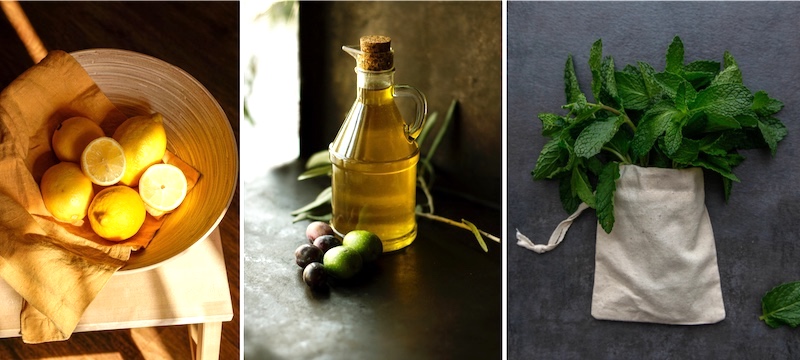
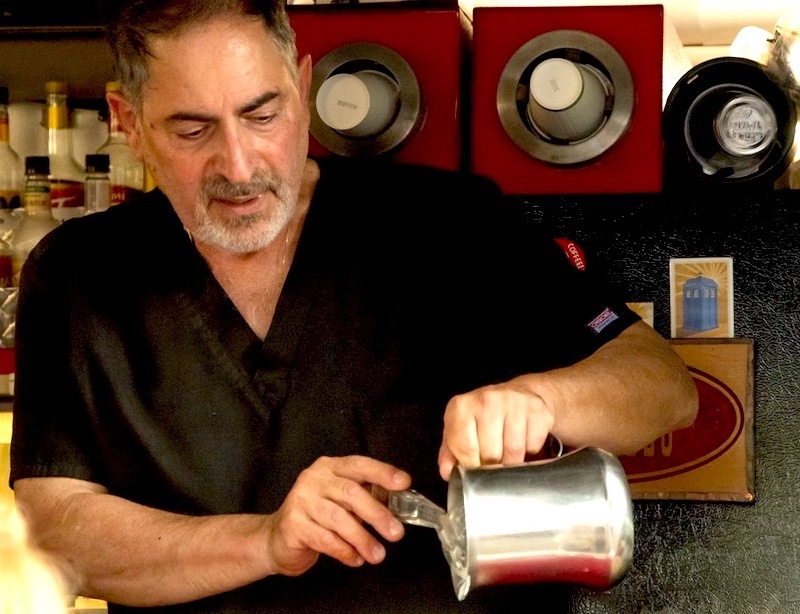
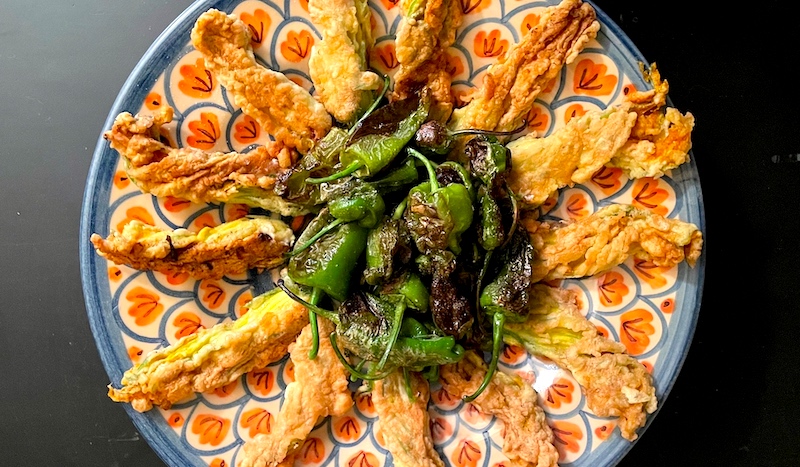
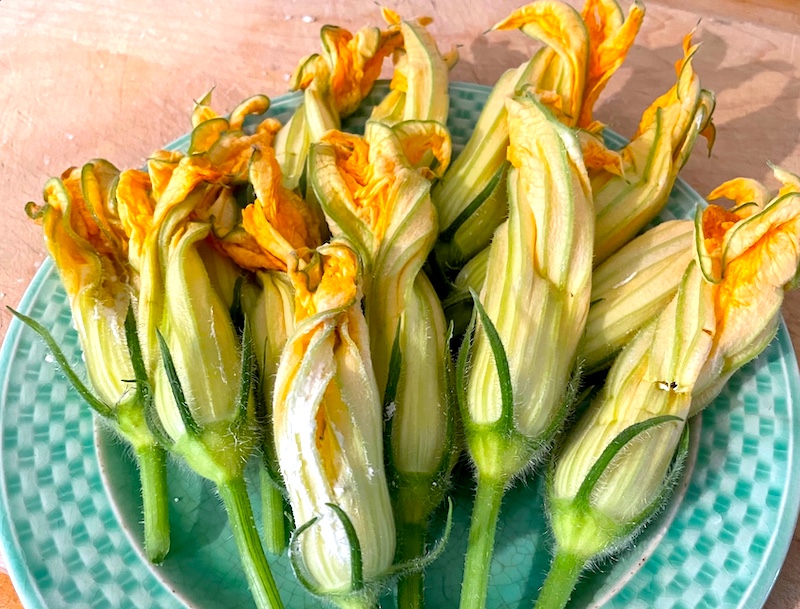
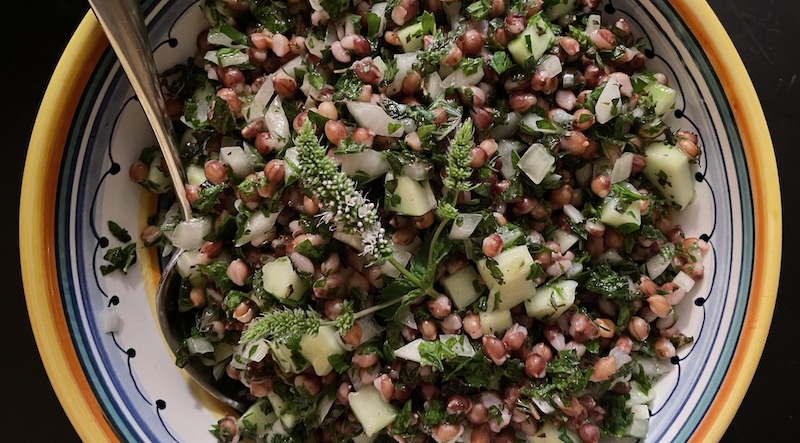
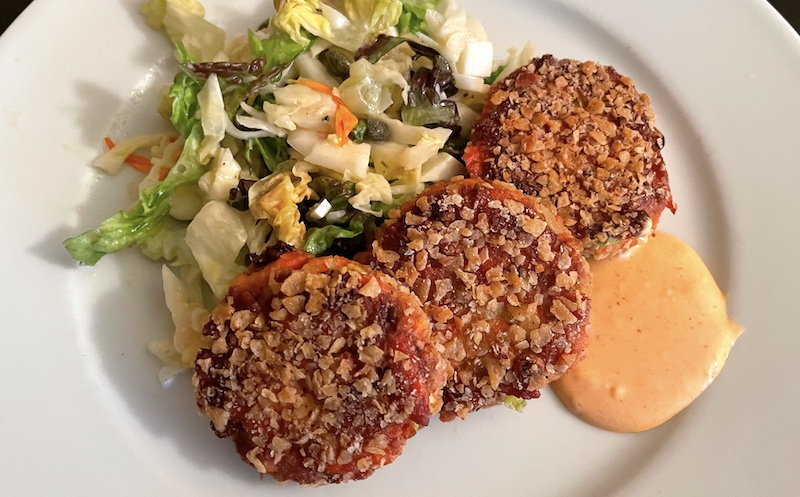

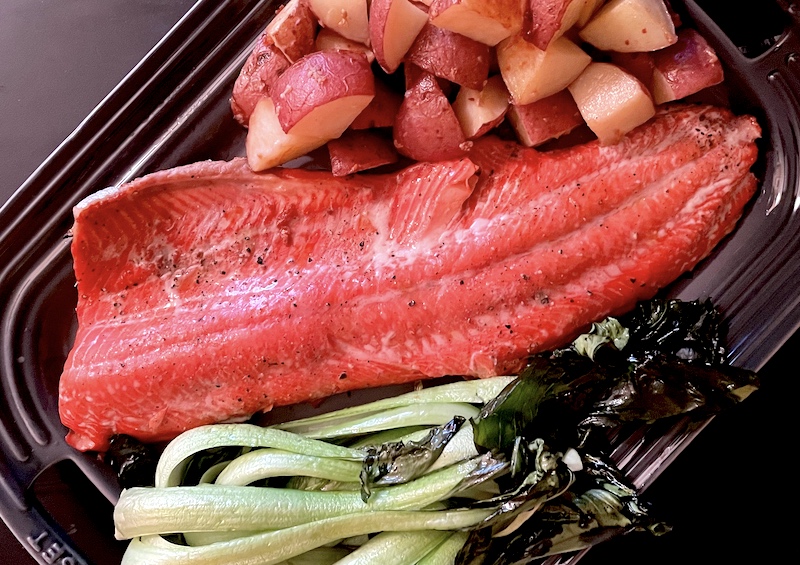
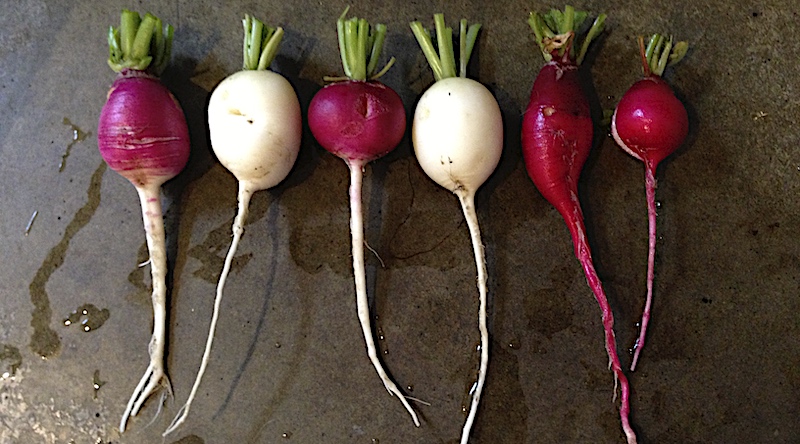
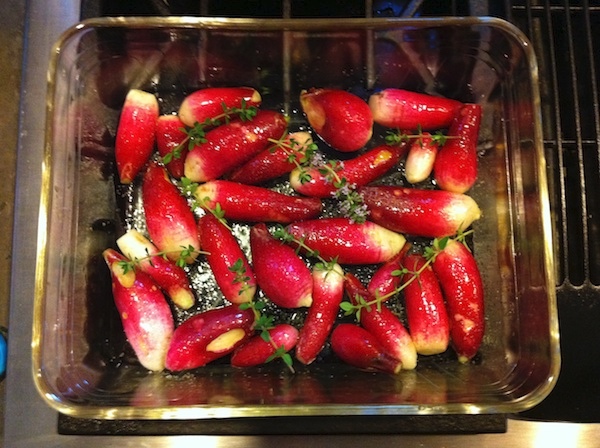 But there's that harsh edge to you that's always held me back. Though other people can't seem to get enough of you; so I keep thinking it's me, not you. After all, it just wouldn't be spring without seeing you out in the garden, the way you reliably pop out of the soil within a couple of days of poking your seeds in the ground.
But there's that harsh edge to you that's always held me back. Though other people can't seem to get enough of you; so I keep thinking it's me, not you. After all, it just wouldn't be spring without seeing you out in the garden, the way you reliably pop out of the soil within a couple of days of poking your seeds in the ground.